Genetic Mechanisms of Seed Hardness and Peel Color of Pomegranate
Recently, Zhengzhou Fruit Research Institute of the Chinese Academy of Agricultural Sciences unveiled the genetic mechanisms underlying key economic traits in pomegranate. The study assembled the first telomere-to-telomere (T2T) reference genome for pomegranate, and identified candidate loci associated with 15 critical agronomic traits. Furthermore, they established a gene-editing system for pomegranate, elucidated the genetic basis controlling peel color and seed hardness, laying the foundation for molecular breeding. The findings were published in the Plant Biotechnology Journal.
Seed hardness and peel color are important pomegranate fruit quality traits. Exploring their genetic mechanisms provides a theoretical basis for improving fruit quality traits.
Using multiple assembly strategies, this study constructed the first pomegranate T2T reference genome, comprising eight chromosomes with a total length of 366,710,298 base pairs (bp) and 32,158 predicted protein-coding genes. The results suggested that atypical telomere motifs may have significantly impacted the evolution of Lythraceae species. Through genome-wide association analysis, 16 loci linked to 15 agronomic traits were identified. Gene editing and biochemical experiments demonstrated that a 37.2 Kb unique chromosome translocation disrupting the coding domain sequence of PgANS was responsible for anthocyanin-less, knockout of PgANS in pomegranate exhibited a defect in anthocyanin production; a unique repeat expansion in the promoter of PgANR may affected its expression, resulting in black peel; notably, the G→A transversion located at the 166 bp coding domain of PgNST3 , which caused a E56K mutation eliminated the binding ability of PgNST3 to the PgMYB46 promoter, which subsequently affected the thickness of the inner seed coat of soft-seeded pomegranates. The findings provided valuable genetic resources for pomegranate molecular breeding and enhanced the understanding of peel color variation and secondary cell wall thickening in seed coats.
This study was supported by grants from the National Natural Science Foundation of China, the National Key R&D Program of China, the Natural Science Foundation of Henan Province, and the Agricultural Science and Technology Innovation Program of the Chinese Academy of Agricultural Sciences.
For details, please visit: https://onlinelibrary.wiley.com/doi/epdf/10.1111/pbi.70107

By Chen Lina
chenlina@caas.cn
-
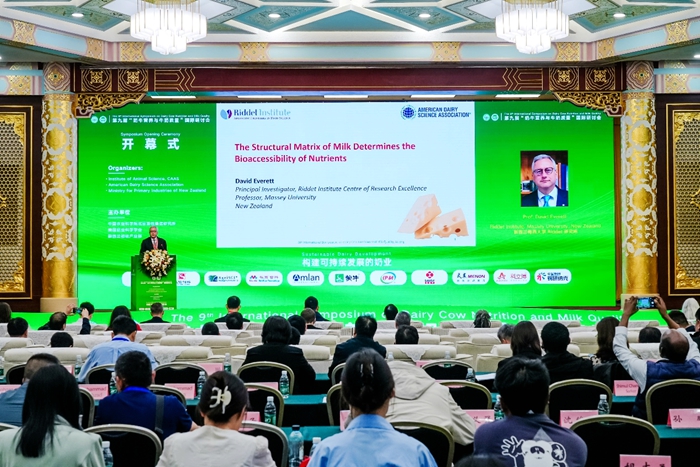 May 18, 2025Sustainable Dairy Development — The 9th International Symposium on Dairy Cow Nutrition and Milk Quality Convenes in Beijing
May 18, 2025Sustainable Dairy Development — The 9th International Symposium on Dairy Cow Nutrition and Milk Quality Convenes in Beijing -
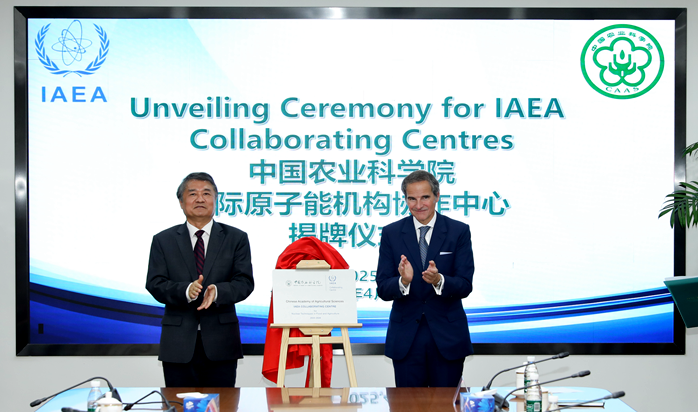 Apr 25, 2025CAAS President Meets Director General of IAEA
Apr 25, 2025CAAS President Meets Director General of IAEA -
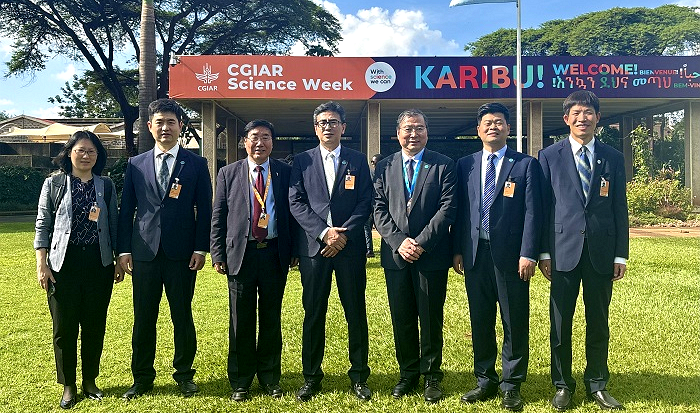 Apr 25, 2025CAAS Delegation Attends CGIAR Science Week 2025
Apr 25, 2025CAAS Delegation Attends CGIAR Science Week 2025 -
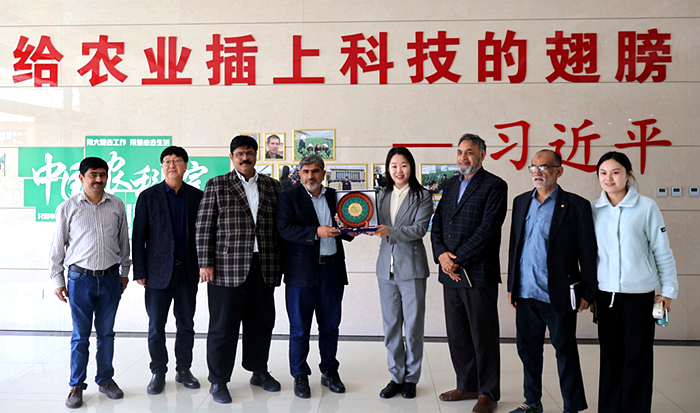 Apr 25, 2025Delegation Led by CEO of Punjab Agricultural Research Council Abid Mahmood and Vice Dean of PKU Advanced Agricultural Research Institute Zhang Xingping Visits Shouguang R&D Center of CAAS
Apr 25, 2025Delegation Led by CEO of Punjab Agricultural Research Council Abid Mahmood and Vice Dean of PKU Advanced Agricultural Research Institute Zhang Xingping Visits Shouguang R&D Center of CAAS -
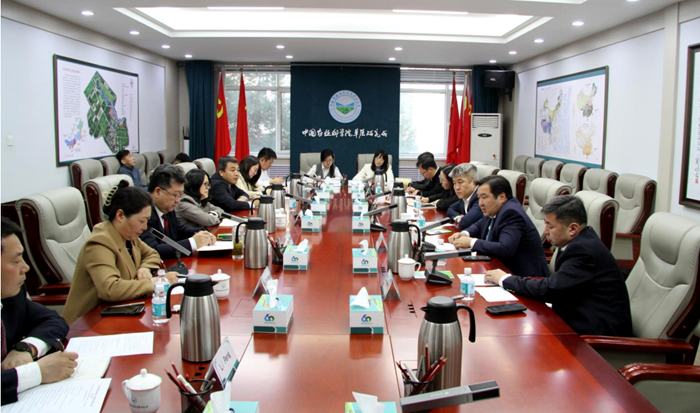 Apr 11, 2025Strengthening China-Mongolia Grassland Cooperation to Build a Cross-Border Green Ecological Barrier
Apr 11, 2025Strengthening China-Mongolia Grassland Cooperation to Build a Cross-Border Green Ecological Barrier
